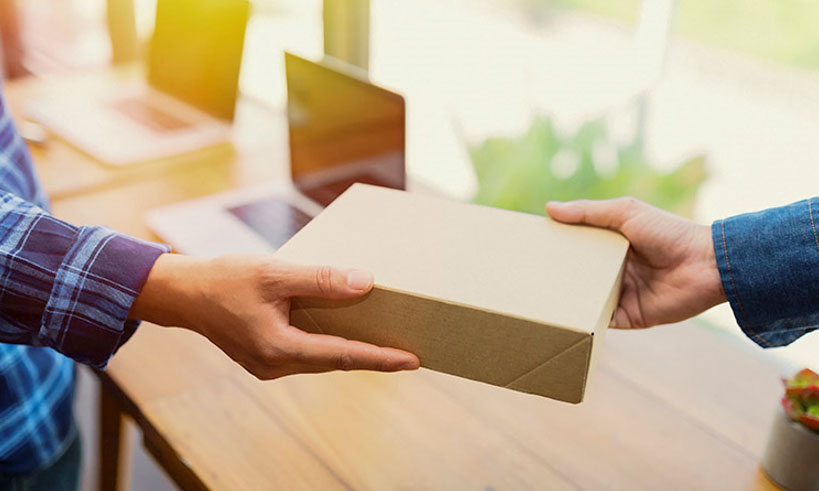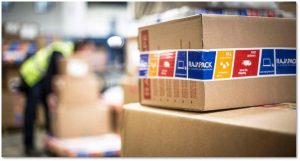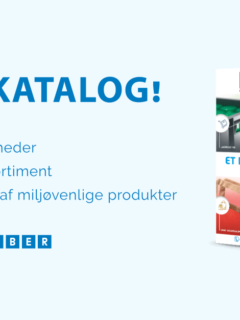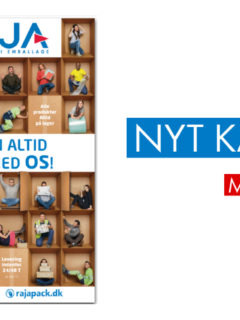46 billion dollars!
…is the amount that can be saved each year worldwide by eliminating/reducing voids in shipments, according to a study by Forbes Insight for DS Smith, – The figure also represents a great opportunity to save the environment from unnecessary packaging waste!
Here are 4 tips to optimise and reduce packaging without damaging your company’s reputation or the customer experience with delivery and ‘unboxing’.
1: Review and analyse your current packaging and its void
There’s no point optimising if you haven’t first taken a hard look at your current packaging and your ROI.
Start by noting the most common orders and what characteristics are required for packaging these (weight, size, nature of product: fragile, liquid etc.). Here you can usefully take your ERP system to help you pull and collect data so you have a complete picture. From this, you can see which types of packaging are most frequently used and therefore have the biggest impact on your transport and packaging costs, depending on the turnover the orders generate.
Break down packaging into categories that need to be optimised so you have an overview, for example:
- Boxes with a void of X% number.
- X% number where the envelopes are too large for products and can be reduced.
- Packaging where you often use package fillers or wedges to fill voids.
Once you have done this analysis, you will be able to see which optimizations pay off, allowing you to achieve a faster and better return and to ultimately optimize your entire packaging process.

2: Find the right packaging for your products
Armed with your list of most frequent orders, you are ready to choose the standard packaging that is closest to the volume of your products.
Although standard sizes are available for each type of packaging, most retailers offer far more SKUs for multiple purposes. Make sure you choose item numbers that can fit more than one of your typical orders, for example, start with the 10 most frequent orders and choose the number of item numbers that make sense – remember to check the weight they can hold.
Also ask yourself whether the format you are using for packaging is the best one for the job. Sometimes, it is possible to find a more suitable format in order to reduce the overall volume of an order and thus also the transport costs. For example, it may be more appropriate to use a padded envelope for your small orders than a box. They take up considerably less space weigh less and can go straight into the mailbox.
Another angle that is a major focus for many companies is the environment. If possible, do yourself a favour and think sustainability into your choice of packaging – often it is not more expensive or more trouble to choose environmentally friendly packaging and at the same time express the responsibility that is in many ways a necessity for modern businesses in the future.
There is also the option of having your packaging customised, but compared to standard packaging this is a more costly option – however, it can sometimes pay to look at the overall savings compared to standard packaging. price of the individual unit. There can be big savings on overall output:
- Fewer transport damages.
- Reduced transport and shipping costs.
- Reduced consumption of other components such as packing fill, tape, wedges, etc.
- Improved customer and end-user experience leading to loyalty, satisfied customers and consequently more orders.
If you venture into custom packaging, you also need to be aware that it requires a certain volume before it pays off due to high start-up costs.
3: Involve the different departments of the company
A packaging change is not just a concern for warehouse staff or the logistics department. Both production units and the marketing department can also contribute and benefit from an optimisation.
Production may be interested in packaging that can be easily integrated into processes and marketing may have something to say about this. customer experience and/or image. Again, the focus on the environment and how important it is for a company to take responsibility, not only for themselves, but also for their environment.
Packaging optimisation should be circulated to all departments – everyone can contribute valuable input and expertise, bringing you closer to fully optimising your packaging.
An ideal equation could look like the following:
Easy, safe and fast packing (Production)
+ customer experience & CSR maintained or improved (Marketing and Customer Service)
+ Quantity and weight of packaging reduced to a minimum (Logistics, Warehousing and Transport)
= SUCCESSFUL OPTIMISED PACKAGING

4: Test-and-learn
You’ve now chosen the changes needed to optimise, align and minimise the voids in your packaging – and you’ve also checked that the optimisation is running smoothly across your business.
Our fourth tip will help you achieve the optimal ROI from these changes. To start, test your change on a small portion of your orders.
The purpose of such a test-and-learn process is twofold. On the one hand, it allows you to test the effectiveness of your optimizations without plunging into major changes, and on the other hand, it also limits the risk of bad customer experiences if the new packaging doesn’t work better.
During the testing period, you need to monitor two parameters:
- Robustness of packaging during transport: how did the packaging handle the transport, was there any transport damage?
- Customer experience: how has the experience been during ‘Unboxing’ – measure NPS (Net Promoter Score) if necessary.
Measuring against these criteria ensures that your optimizations meet the ideal equation we mentioned earlier.
With these 4 tips at hand, you are ready to optimize and revolutionize your packaging with customers, environment and bottom line in mind!
If you want more information about eco-friendly packaging, read the blog post below:















